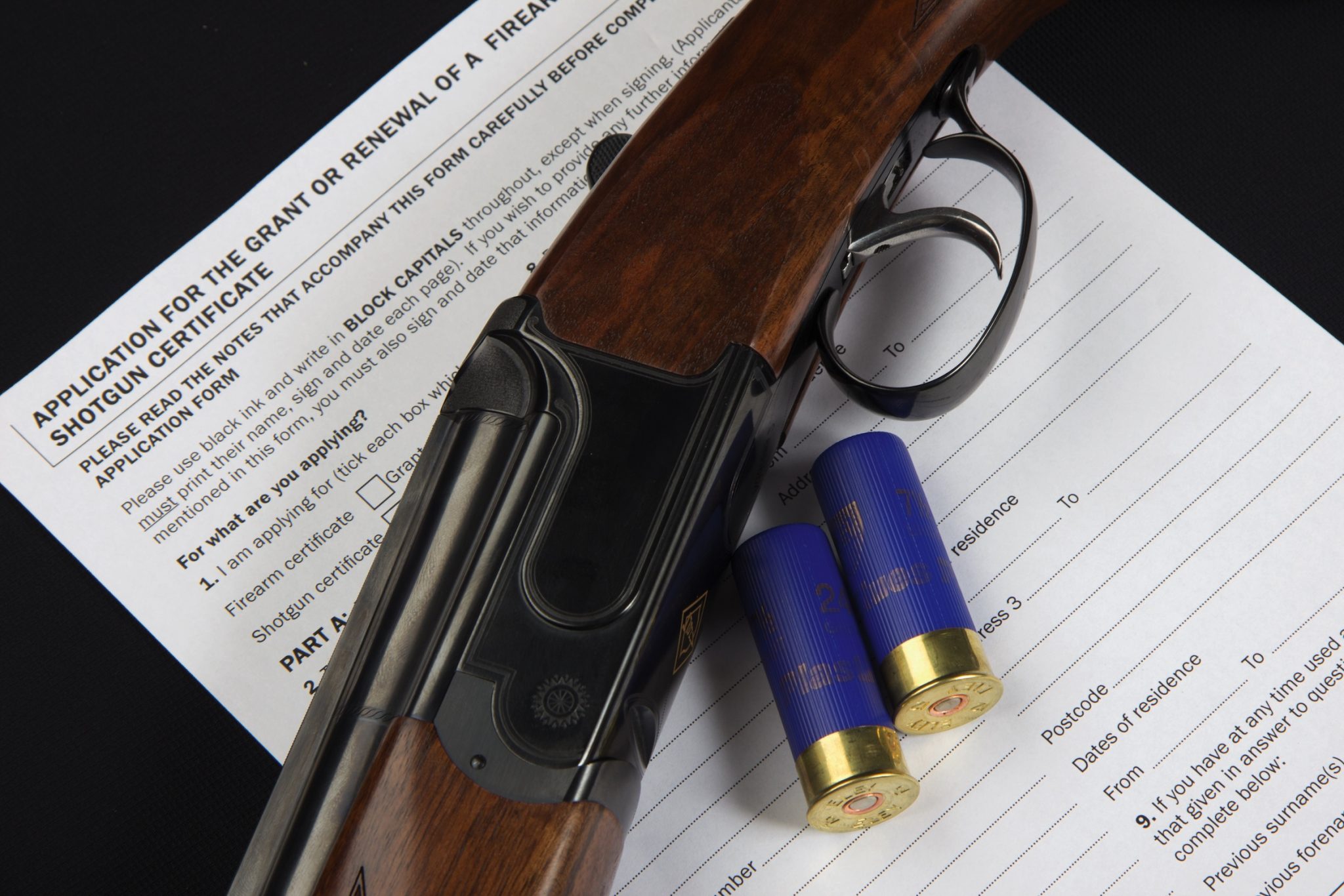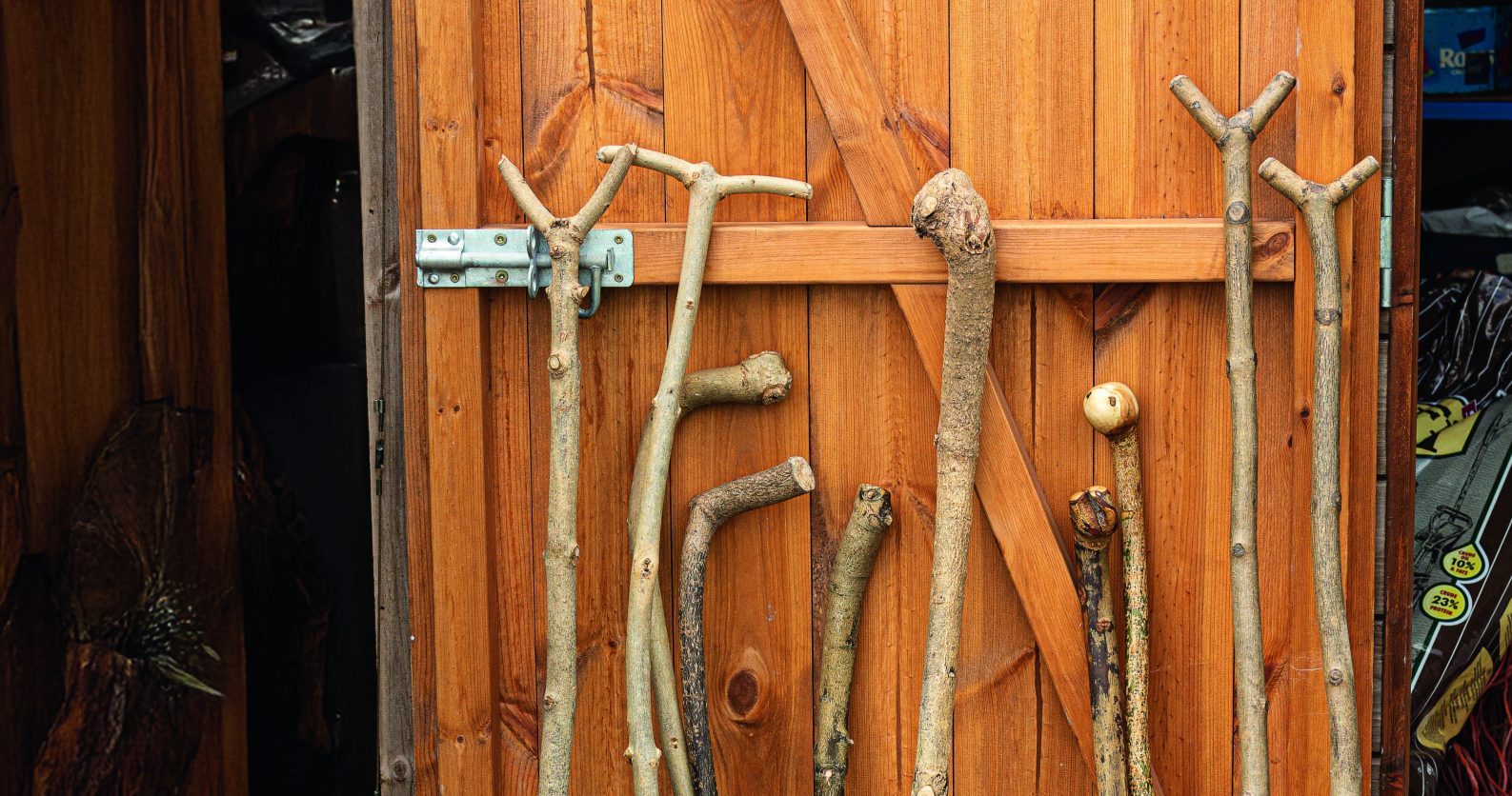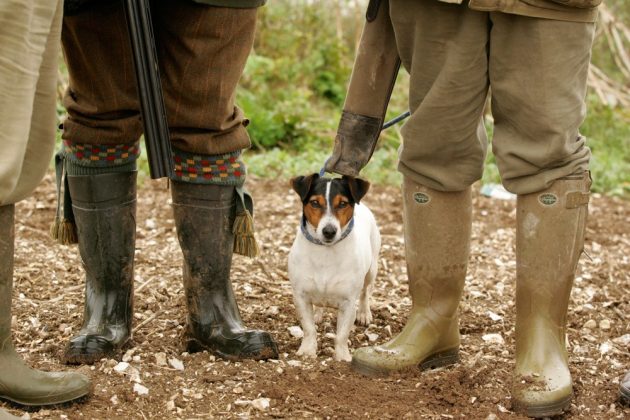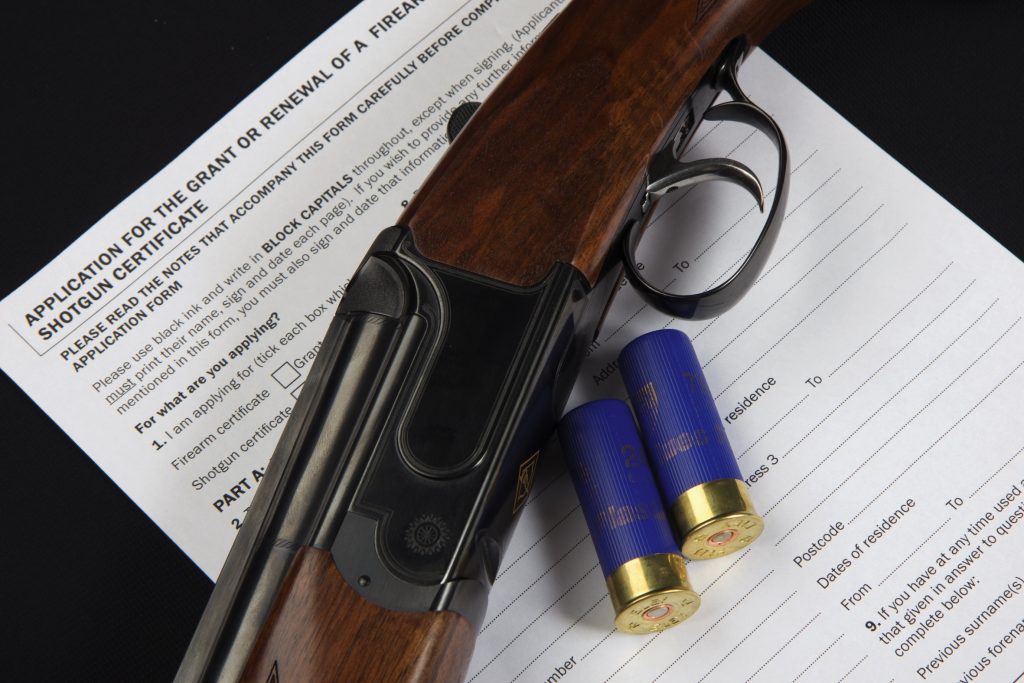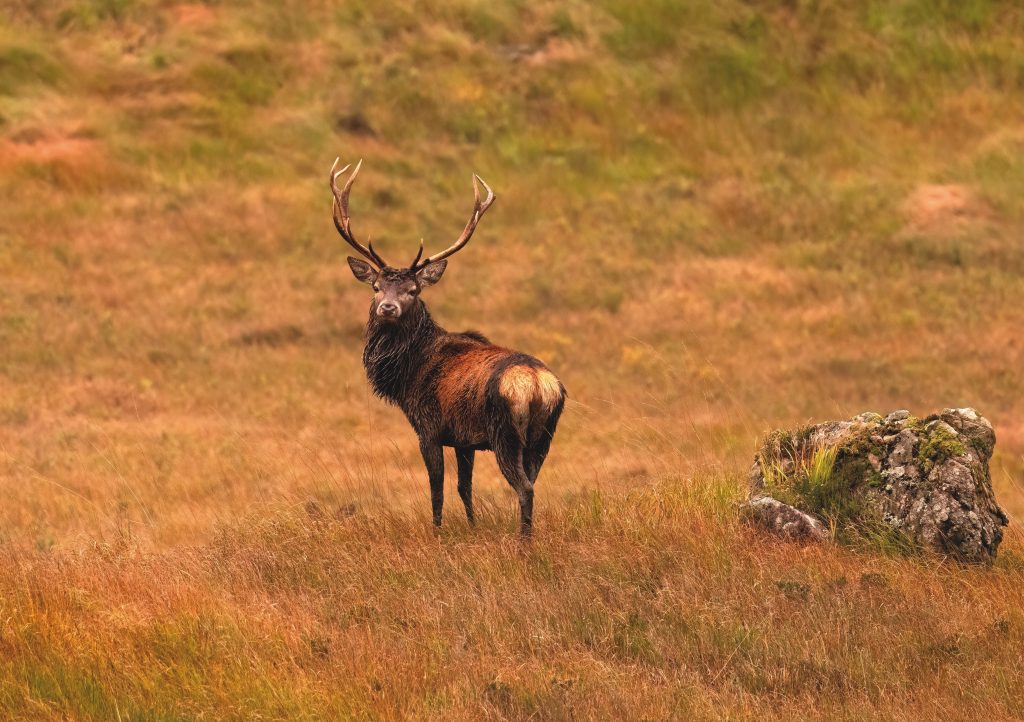Win CENS ProFlex DX5 earplugs worth £1,149 – enter here
How to stop foxes spreading tapeworms
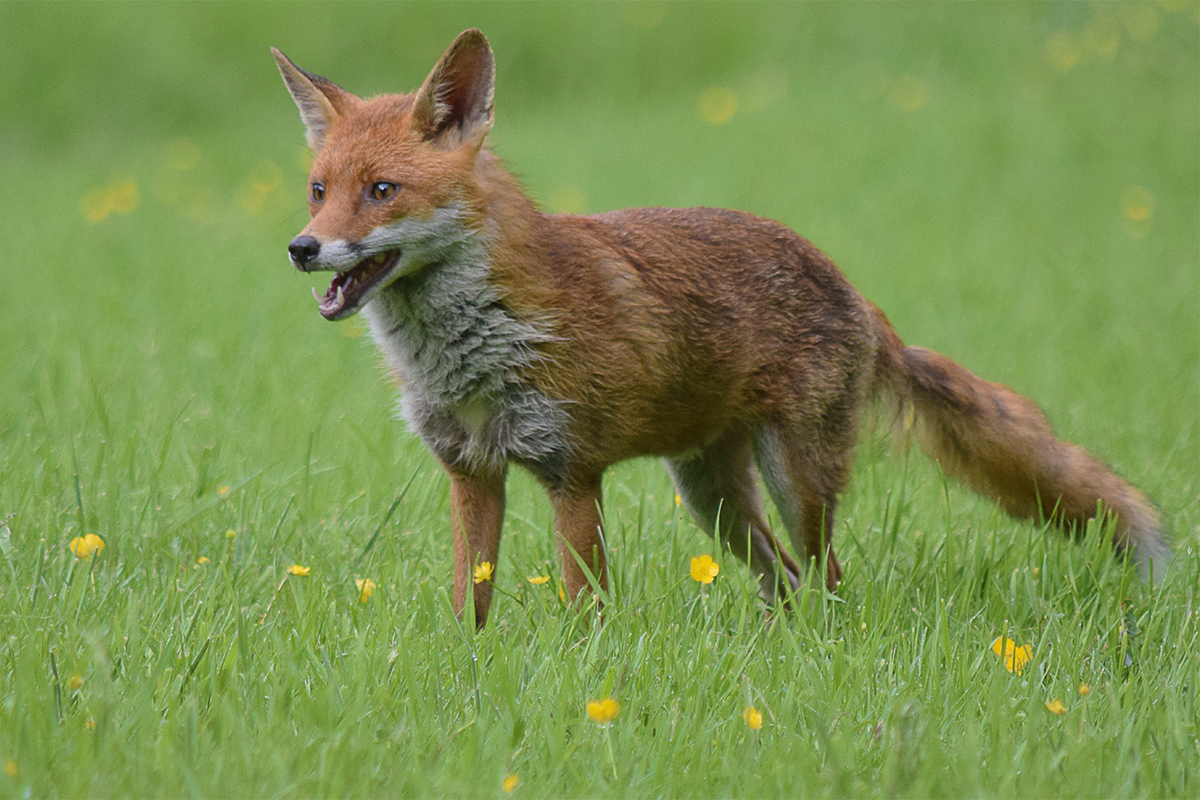
When I first started foxing it was for a very good reason: there were a number of vulpines causing serious problems for the local sheep farmer by ripping the tails off his lambs.
It transpired that when the youngsters had tail docking rings fitted – to prevent medical issues arising when they were bigger – a small number of foxes had discovered that these appendages made tastier meals before they dropped off naturally. Consequently, they were tearing them away before time, allowing infection in and causing a horrible affliction known as joint ill, which either requires the animal to be put down or to suffer pain and disability for life.
The farmer involved was convinced that badgers were responsible, but after he spent night after night for several weeks on his ground, taking out several foxes, the problem finally disappeared. That was many years ago and I’ve not encountered it anywhere else, so I can only assume as it had been going on for a long time and was something that had been passed on from generation to generation in one bloodline.
Despite knowing that I was doing a positive thing on so many fronts – healthier lambs, a happy farmer and more wildlife – I still felt it a damned shame that the foxes I shot, beautiful animals in their own right, were going to waste. It’s been decades since there was any value to the pelts, and there’s a limit to how many skulls you can clean up for display. So they generally ended up in an incinerator.
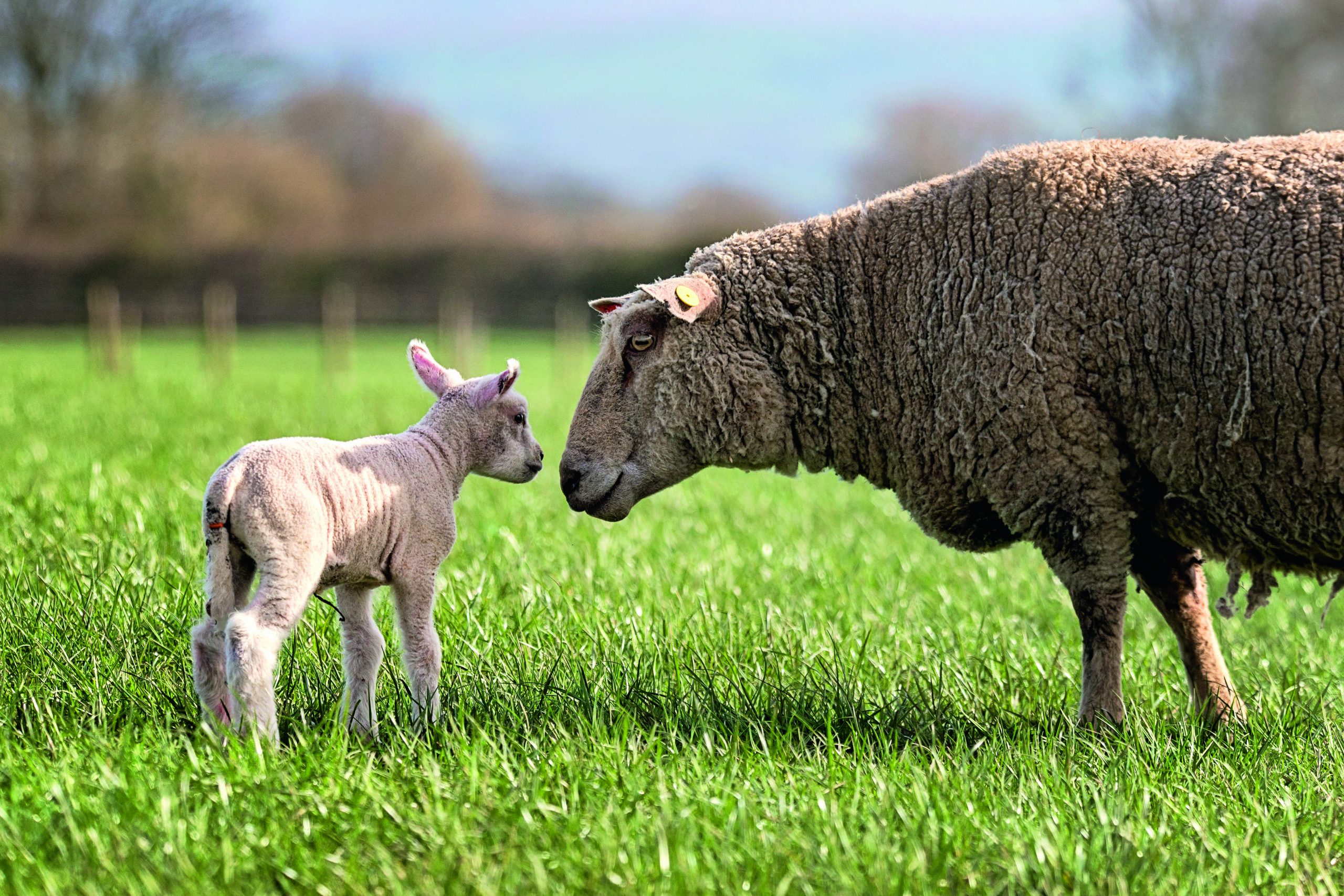
Young lambs are particularly vulnerable to attacks from foxes
Localised
I was therefore pleased to find out that fox carcasses were wanted by the Animal and Plant Health Agency (APHA) for parasite testing. Back then, they were needed to help monitor a nasty worm called trichinella, which causes the disease trichinosis. It’s spread by animals eating contaminated meat, and although it wasn’t present in the UK at the time, it was still a statutory requirement to check that it hadn’t got here.
Foxes were used to check for its presence for two reasons: first, because they’re at the top of the food chain; and secondly because they eat a lot of carrion. As a result, if there are any parasites around they tend to pick them up very quickly. So I started collecting dead ones for APHA but, unfortunately, the testing regime required that they were fresh, as freezing made them unsuitable for the method of laboratory analysis being used at the time. Since carcasses were needed from as wide an area as possible, it meant an awful lot of driving for the collector.
These days, APHA’s focus where foxes are concerned is on a UK national surveillance programme checking for a parasite called Echinococcus multilocularis. This is a tapeworm found in a variety of UK wildlife especially canids – such as foxes and dogs – and small rodents including voles. Although the work is undertaken by APHA, it is funded by Defra, of which it is an executive agency.
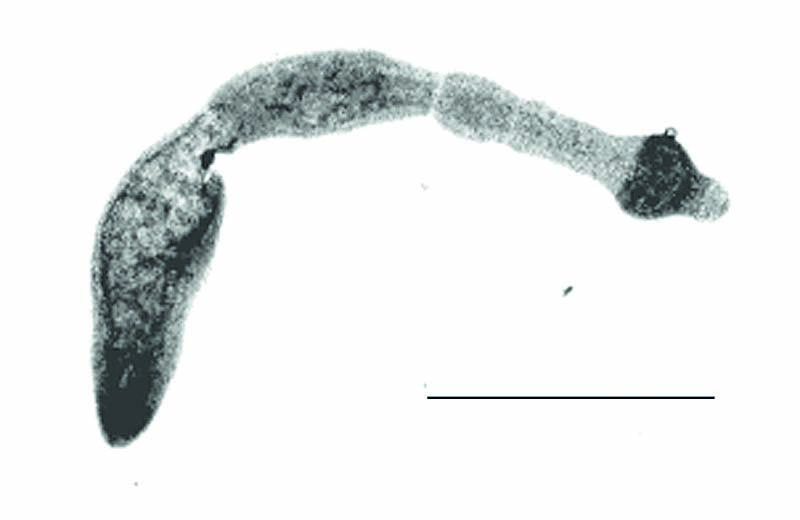
A tapeworm taken from a fox; the line represents 0.5mm for scale
Imports
As with trichinella, there are no reports of it being in the UK. However, as so many pets and foodstuffs are being brought in from Europe, there is always the risk that it’ll appear here.
These parasites are not only a risk to wild and domesticated animals – humans can be infected too (potentially fatally), either by consuming contaminated food or drink as well as by direct contact with animals that are carrying it, or even from the soil where it’s present. Those of us who shoot foxes can therefore play an important part in helping to keep our country parasite-free by providing the APHA with carcasses. The good news is that they can now be frozen, so any of us with bait freezers can simply bag them up and store them until collection can be arranged. All that is needed is that a record is kept of where they came from by writing on a tag that is then cable-tied to the bag.
If you’d like to assist, I’ve included the relevant contact names (above); please note that cubs are not wanted as they’re too young to have had the necessary parasite contact. I’ve now met a lot of the staff involved and every one of them has been a credit to the organisation and very much on ‘our’ side of the fence, with many being shooters themselves.
Tapeworm facts
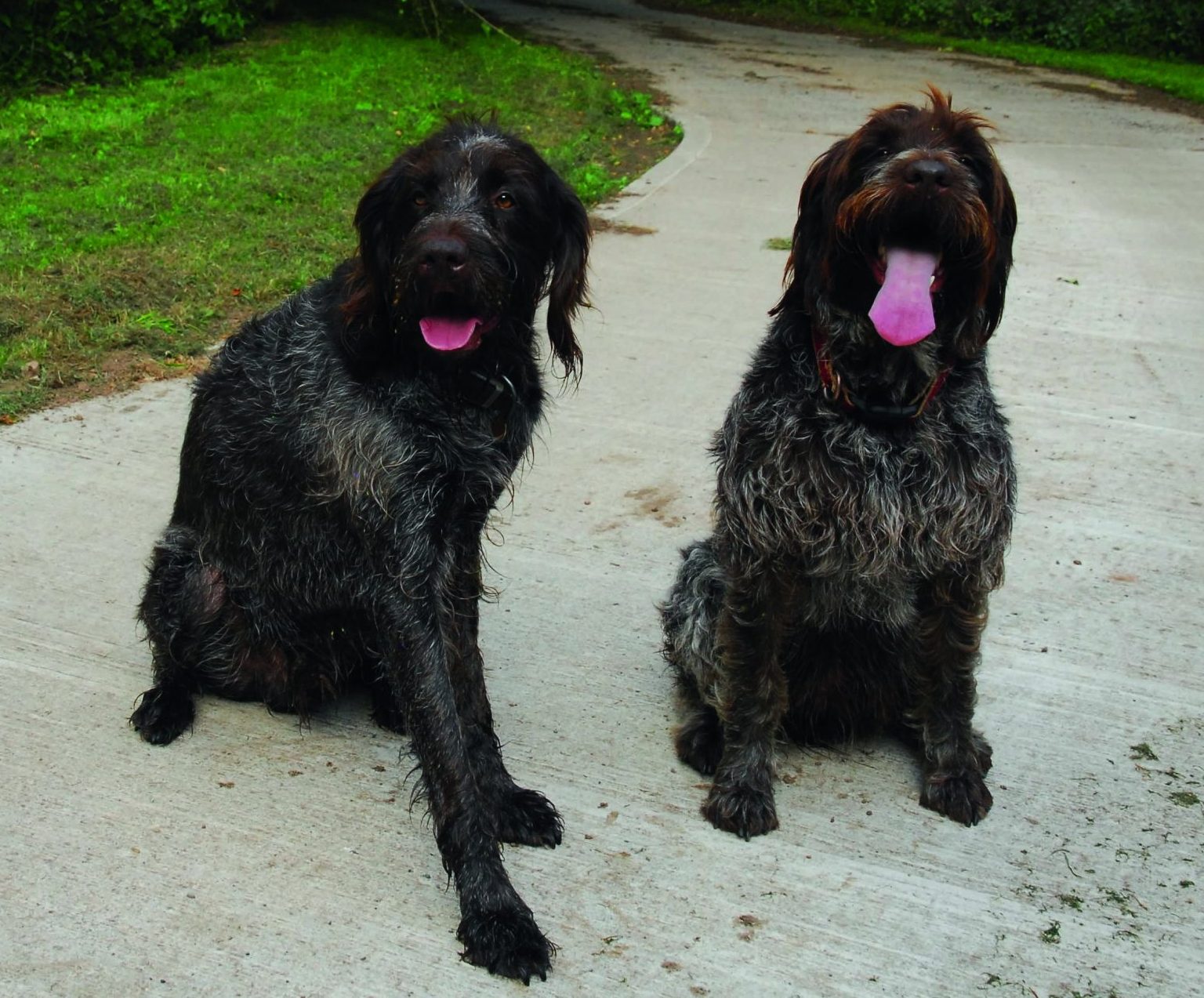
Dogs infected with tapeworm rarely show any signs of illness
- Infected animals – dogs, foxes and other canids – rarely show symptoms but will have the eggs in their faeces, though these can only be seen under a microscope.
- Foxes become infected by eating other animals, typically small rodents, which are carrying the parasite. These, in turn, pick it up from eating material that contains the eggs.
- Humans and other mammals can also be infected by accidentally ingesting the eggs. When this happens it can develop into alveolar hydatidosis, a serious disease that can cause fatality through liver failure.
Information
- If you’d like to help, please contact either: Julia Coats (northern England) on 07771 972542 or email Julia.coats@apha.gsi.gov.uk, or Tim Glover (southern) on 07713 145682 or email tim.glover@apha.gsi.gov.uk.
- Echinococcus multilocularis is a notifiable animal disease and failure to report it immediately is an offence. If you suspect it, call the Defra Rural Services Helpline on: 0300 020 0301 (England) 0300 303 8268 (Wales). If you are in Scotland, contact your local Field Services Office
- Visit gov.uk/guidance/echinococcus-multilocularis-how-to-spot-and-report-the-disease
Related Articles
Get the latest news delivered direct to your door
Subscribe to Shooting Times & Country
Discover the ultimate companion for field sports enthusiasts with Shooting Times & Country Magazine, the UK’s leading weekly publication that has been at the forefront of shooting culture since 1882. Subscribers gain access to expert tips, comprehensive gear reviews, seasonal advice and a vibrant community of like-minded shooters.
Save on shop price when you subscribe with weekly issues featuring in-depth articles on gundog training, exclusive member offers and access to the digital back issue library. A Shooting Times & Country subscription is more than a magazine, don’t just read about the countryside; immerse yourself in its most authoritative and engaging publication.



